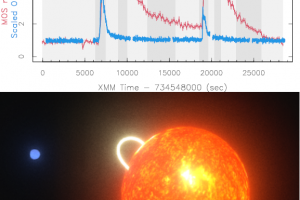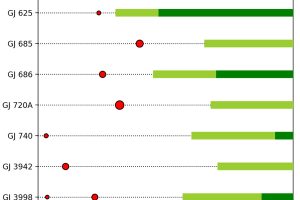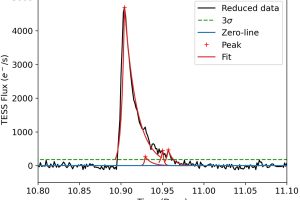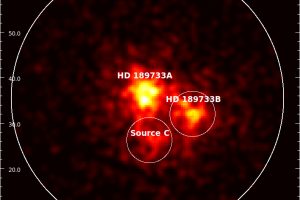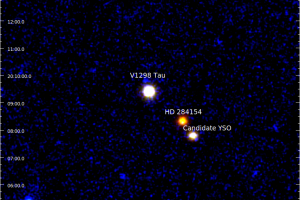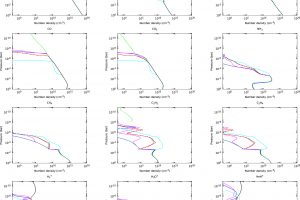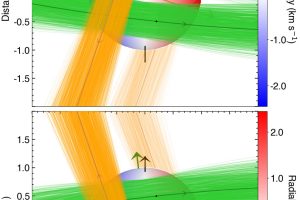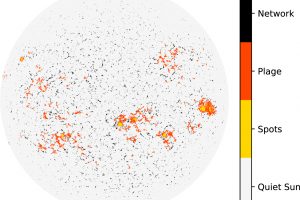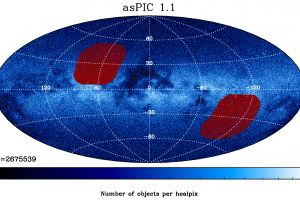TOI-1807b, the youngest Ultra-Short Period exoplanet discovered so far. “The GAPS Programme at TNG XXXVII. A precise density measurement of the young ultra-short period planet TOI-1807 b” of D. Nardiello (INAF -OAPd) appeared on A&A
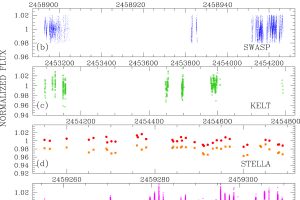
Among the 5322 exoplanets discovered so far (from NASA), approximately 100 planets belong to the class of Ultra-Short Period (USP) exoplanets. These planets have very close orbits around their stars, with a period shorter than one day on Earth. They typically have a radius smaller than 2 Earth radii and are likely to be rocky cores of gaseous planets that lost their
» Read more
